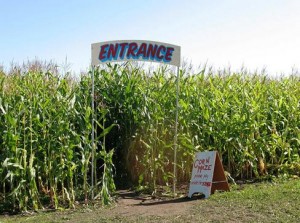Every Day Farmers Are Hustling

According to the U.S. Department of Agriculture, the median farm operator household consistently incurs a net loss from farming activities even though 91 percent of American farms are classified as “small,” and 60 percent of these are “very small,” meaning they’re are generating less that $10,000 a year. As the bulk of our food is now grown on highly-industrialized operations, where a small number of consolidated operations turn a sizable profit.
So farmers look for other ways their farms can make money for them, and those activities can take any number of forms. It can be selling food directly to consumers via farm stands, country stores, farmers’ markets and Community Supported Agriculture (CSA) boxes. Some farmer grow flowers or plants, while others create a steady stream of value-added products, which are often more shelf-stable, and cost more than raw ingredients. The list of possibilities range from jam and pickles to bath products, wool, seeds and decorative gifts. One goat farm in Pescadero, California, supplements their cheese operation with soap and a new line of goat milk paint. Another operation in Sandy, Oregon, sells logs inoculated with Shiitake mushroom spores online.
In Modern Farmer, Twilight Greenaway writes about the side hustle smaller farms have to do to make up for the losses incurred through traditional farming activities. Some create artisanal products to sell at farmer’s markets, while others put together corn mazes and petting zoos and sell admission. Some market their farms as a great place to have a wedding, or start running on-farm cafés and restaurants. I’d be into visiting those farms and doing all those things.
Photo: Lulu Hoeller
Support The Billfold
The Billfold continues to exist thanks to support from our readers. Help us continue to do our work by making a monthly pledge on Patreon or a one-time-only contribution through PayPal.
Comments